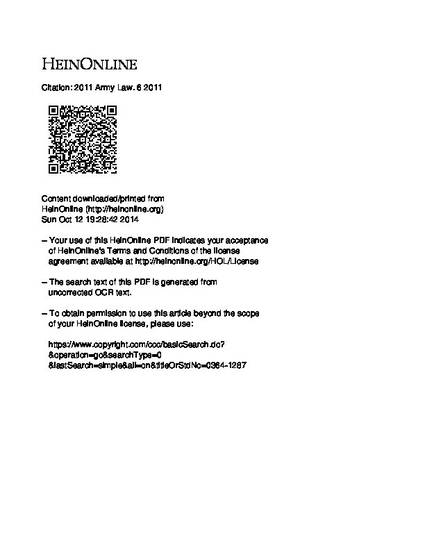
What exactly happens in the deliberation room of a capital trial? What are the jurors thinking and how are they acting as they make their decisions? Do they act rationally and bravely like the holdout juror played by Henry Fonda in 12 Angry Men, or do they succumb to group pressure and change their votes without actually changing their minds? Do they understand and follow the military judge's directions or are they confused about the fundamental rules that govern capital cases? Do they accept responsibility for their votes or shift responsibility to the other actors in the system? In a capital system that requires a unanimous vote at several stages -and where a holdout juror can stop the death penalty process-it is critically important for capital attorneys to know the answers to these questions.
Because juror deliberations are closed and secret, however, trial advocates have not had much insight into juror dynamics. Fortunately, the Capital Jury Project (CJP), a major research effort, has come up with some answers to those questions, and many of these answers are startling. Civilian capital defense counsel have recognized the value of the CJP findings by adopting new strategies based on those findings, particularly in theme development and voir dire. Unfortunately, most military counsel are not familiar with the CJP's findings or these new strategies and we, as a community, risk falling well below the standard of practice currently found in state and federal death penalty cases.
Available at: http://works.bepress.com/carpentere/4/
